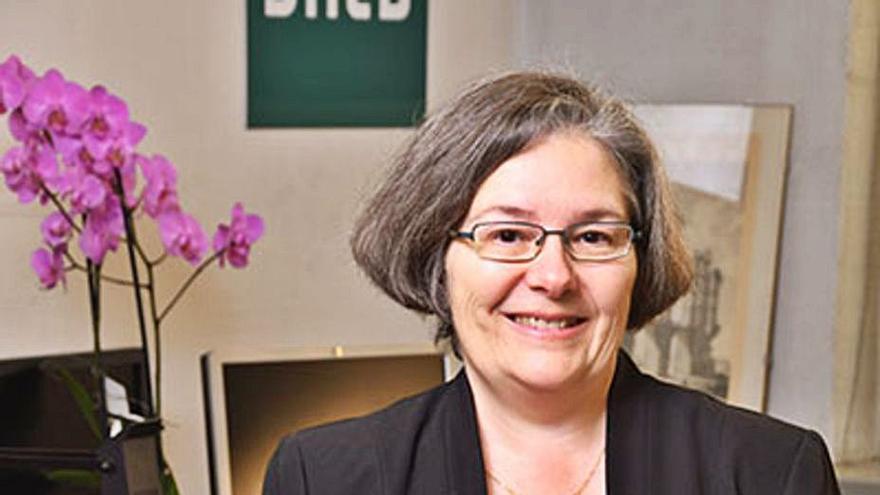– How is motherhood built with the new forms of human reproduction?
– In very different ways. As many anthropologists have explained, by separating the different threads of motherhood – the ovum and its fertilization, gestation, the intention to be a mother, the care of sons and daughters – aspects that can be constructed as more or less important are made visible , depending on the specific situation. A woman can be considered, or considered, a mother because she becomes pregnant, gives birth and takes care of her baby; another, because she gives birth, even though the pregnancy is the result of a donated ovum and in vitro fertilization; and another, that she cannot gestate, because she has asked another woman to gestate for her.
That is, we build motherhood with the elements we have.
– What happens in cases of surrogacy?
– Surrogacy or pregnancy by another woman is a global phenomenon today. The laws of the countries are very different: some countries allow it, with some conditions or others, while others do not allow it. This causes a flow of people from one country to another, in search of this possibility to form their families. As we all know, there is a lot of debate regarding this practice. Our research does not seek to determine if it is “good” or “bad”, but to know how the people who participate in it conceive motherhood, to better understand understandings of motherhood in general.
– And in homosexual couples?
–Gay and lesbian couples also rethink and make us rethink motherhood and fatherhood, what they mean, and the ways of being a mother or father. Any family that strays from the mother-father-child guidelines forces us to question what we understand by family, kinship, motherhood and fatherhood. And it is by questioning these concepts that we can understand them better.
– Everything obeys a cultural conception? How are these schemes changed?
–As the anthropologist Claude Lévi-Strauss explained to us, nothing that the human being does is natural. The example he set was the act of eating. Every human being eats, has to eat, but what is eaten, how it is eaten, where, with whom, is all the work of culture. The schemes that we have, of how the world is and how it should be, change very slowly. For example, if someone tells us “family”, we still automatically think of mother-father-children. But the fact is that this family configuration is no longer the majority. Non-traditional practices, such as forming families through assisted reproductive techniques, open up, so to speak, the concept of motherhood.
–How does mother’s milk build kinship?
– Many cultures understand kinship as sharing substance. We understand that the substance that is shared is genetic. Breastfeeding a baby is also sharing substance and in some cultures and, until recently in Spain, breastfeeding a baby from another woman created a milk kinship. This relationship was not only with the woman who was breastfeeding another’s baby, but with her family. Thus, sharing a woman’s milk created shared identities.
– On what plane is paternity? Is it on the same level as motherhood?
– I would put it another way. We must ask ourselves how we construct, culturally, both concepts. In some way, we construct motherhood as more “natural” than fatherhood, in general terms; but not because it is, but because we understand it that way.
– .


